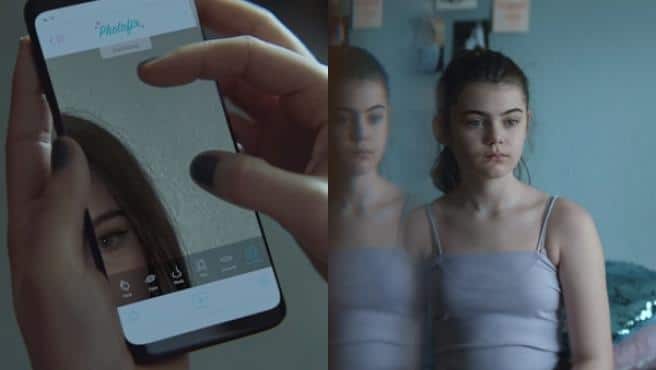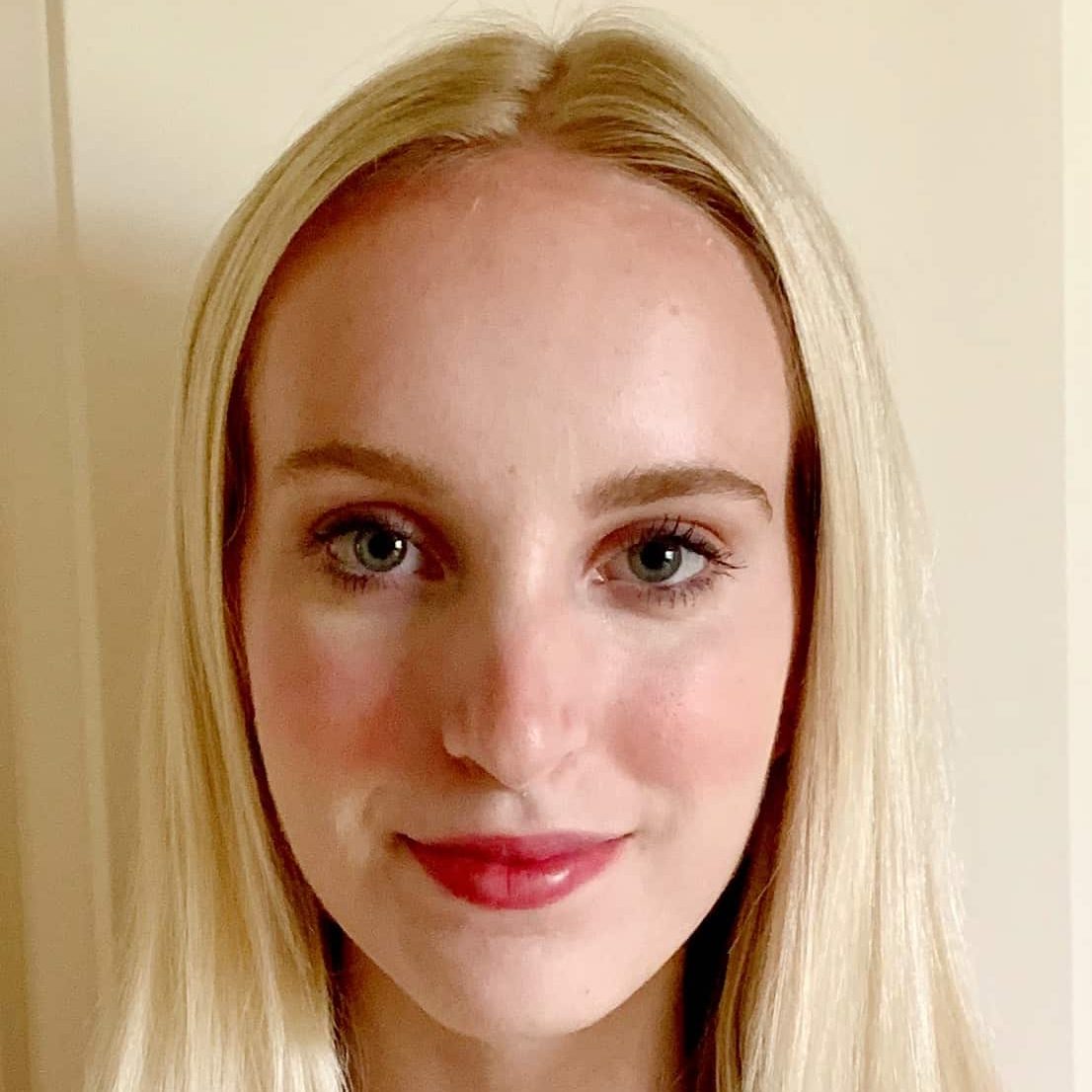
The Dove brand launched its ‘Reverse Selfie’ Advertisement Campaign that sparked a public conversation about social media and beauty standards in April 2021 as a part of a self-esteem project that has spanned two decades.
The campaign featured a young woman who reversed multiple enhancements made to a selfie using a photoshopping mobile app. The practice of making digital edits to an individual’s facial features in photos has been a repercussion of beauty ideals in social media, according to the Dove Brand’s mission.
“Digital distortion is happening more than ever, and tools once only available to professionals can now be accessed by young girls at the touch of a button without regulation,” says Alessandro Manfredi, executive vice president of Dove. According to Manfredi, there has been intensifying pressure on young people to “edit and distort” their appearance to reflect an unachievable ideal.
Beauty standards have been ever-changing, and their ability to influence youth culture across media platforms has remained strong. Young individuals, especially women, have become hyper-aware of their appearance and how others perceive them after interacting on social media.
The increase in social media among Gen Z and Millenials rose with the emergence of the “Instagram face,” a term dubbed by the New Yorker columnist Jia Tolentino. The face that she described has ultimately transformed the beauty standards of the modern era.
The “single, cyborgorian” face, according to Tolentino, has consisted of a woman with poreless skin, high cheekbones, plump lips, and a tiny nose. The “look” is like a clay statue that has been molded and perfected to fit one overarching beauty ideal. “The face is distinctly white but ambiguous ethnic,” she wrote, regarding the eurocentric yet culturally appropriating nature of the beauty ideals.
In addition to Instagram, the face has reappeared across media platforms. When individuals are constantly interacting with these images that strive for the “Instagram face,” they tend to mentally absorb this beauty ideal, according to Pulse Nigeria writer Ntiantu Obiora. “Whilst we may believe we are mindlessly scrolling through such content, our subconscious is soaking it all up, and before we know it, those perfectly formed bodies have become the standard by which we measure everything else,” writes Obiora.
Social media is responsible for amplifying the beauty standards that reflect widely-held attitudes regarding gender, rooted in commonplace beliefs about what is valuable in women, and not as valued in men.
The American public consistently receives differing viewpoints about valuable traits of men vs. women. According to a 2017 Pew Research study, thirty-five percent of respondents indicated that physical attractiveness is a socially invaluable trait in women, whereas only 11 percent of the respondents responded that physical attractiveness is important in men.
Perhaps the reason for the disparity has been the media marketing of “beauty images” that have displayed content related to fitness, hair, makeup, clothing, and skincare products, according to a 2020 California State University San Bernardino study.
In addition to the sponsored content posts, social media apps like Snapchat and Instagram have created what has been known as automatic “filters” to fix and beautify the images of social media users.
Additionally, many women have looked to the Facetune app to tweak their images, which is not limited to slimming and expanding body parts to become more socially acceptable. “But this vision Facetune peddles of itself, like the selfies its users tweak to perfection, is hard to square with reality. Its features invite far more granular editing than simply zapping away a “pesky zit” or brightening a smile. By design, these tools have led young women to fixate over supposed problems with their appearances that they’d never previously been concerned about,” writes senior reporter Jesselyn Cook for the Huffington Post.
The rising dependency on filters has demonstrated that it can affect an individual’s self-perception and has led to inevitable comparisons and insecurities. “Beauty filters affect college females… It has affected the way I look at myself… Society has this higher expectation for young women. We get judged more than men. We get judged by how we look, dress, and our body shape. That is one reason many women are getting plastic surgery, because of the pressure to look perfect like these filters,” said a college participant in the California State San Bernardino study.
An increasing number of patients who are social media users have been looking to restructure their appearance to reach an unmatchable reality, called “Snapchat dysmorphia,” according to a 2018 Boston University School of Medicine and Boston Medical Center study in JAMA Facial Plastic Surgery. Dysmorphia and the desire to look like a filtered version of oneself have created an unrealistic look and “blurs the line of reality and fantasy.”
Social media users have also been more likely to mimic the behaviors of other users on social media, according to a 2019 Current Psychology study. The study concluded that frequent social media use and visual consumption of cosmetically enhanced images reinforce preexisting dissatisfaction with appearance.
After viewing modified images of women with facial cosmetic enhancements, 118 female participants aged 18-29 reported they became more inclined to the notion of undergoing a procedure to achieve their desired look after viewing a total of 30 images. The “Instagram face” has altered how society understands beauty, promoted an uptick in cosmetic/plastic surgery interests, and lowered women’s self-esteem.
There has been a 131 percent increase in cosmetic procedures including minimally invasive soft tissue fillers and Botox injections or invasive procedures such as nose reshaping since the year 2000, according to the 2020 National Plastic Surgery Statistics.
According to Jesselyn Cook, individuals, especially young women, have been gazing at their phone screens for extended periods during the COVID-19 pandemic. The individuals then have more time to measure themselves up to their digitally-altered photographs and the posts of others. “We’ve been sinking deeper into this reality for a while now, but it has accelerated during the pandemic when we’ve spent more time than ever on social media, and when our digital selves have for so long been the only version anyone has seen of us. The result is a body dysmorphia epidemic with increasingly unattainable beauty standards that — at the extremes — defy basic human physiology,” she writes
About the Author: Mackenzie Waterfield is a full-time undergraduate student in her third year at Boston University.



